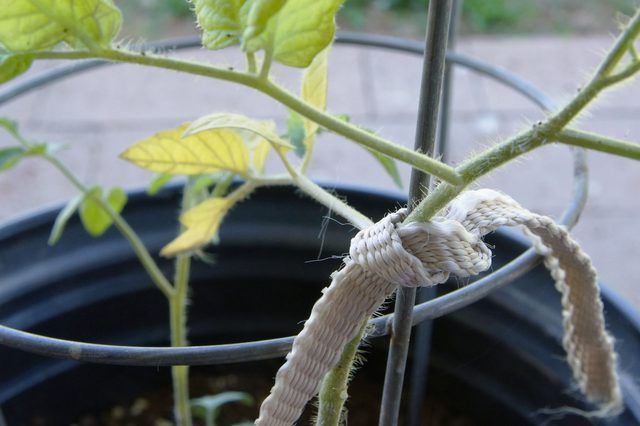Bulbs
Flower Basics
Flower Beds & Specialty Gardens
Flower Garden
Garden Furniture
Garden Gnomes
Garden Seeds
Garden Sheds
Garden Statues
Garden Tools & Supplies
Gardening Basics
Green & Organic
Groundcovers & Vines
Growing Annuals
Growing Basil
Growing Beans
Growing Berries
Growing Blueberries
Growing Cactus
Growing Corn
Growing Cotton
Growing Edibles
Growing Flowers
Growing Garlic
Growing Grapes
Growing Grass
Growing Herbs
Growing Jasmine
Growing Mint
Growing Mushrooms
Orchids
Growing Peanuts
Growing Perennials
Growing Plants
Growing Rosemary
Growing Roses
Growing Strawberries
Growing Sunflowers
Growing Thyme
Growing Tomatoes
Growing Tulips
Growing Vegetables
Herb Basics
Herb Garden
Indoor Growing
Landscaping Basics
Landscaping Patios
Landscaping Plants
Landscaping Shrubs
Landscaping Trees
Landscaping Walks & Pathways
Lawn Basics
Lawn Maintenance
Lawn Mowers
Lawn Ornaments
Lawn Planting
Lawn Tools
Outdoor Growing
Overall Landscape Planning
Pests, Weeds & Problems
Plant Basics
Rock Garden
Rose Garden
Shrubs
Soil
Specialty Gardens
Trees
Vegetable Garden
Yard Maintenance
How to Build Vertical Garden Vegetables
How to Build Vertical Garden Vegetables. There are a variety of ways to grow a vertical garden. You might grow a vertical garden to decorate a wall with a tapestry of living color and texture or you might grow a vertical garden when horizontal ground space is limited. The type of vertical garden described here is intended for intrepid gardeners who...
There are a variety of ways to grow a vertical garden. You might grow a vertical garden to decorate a wall with a tapestry of living color and texture or you might grow a vertical garden when horizontal ground space is limited. The type of vertical garden described here is intended for intrepid gardeners who have access to a fire escape or small patio and want the irreplaceable taste of fresh homegrown vegetables.
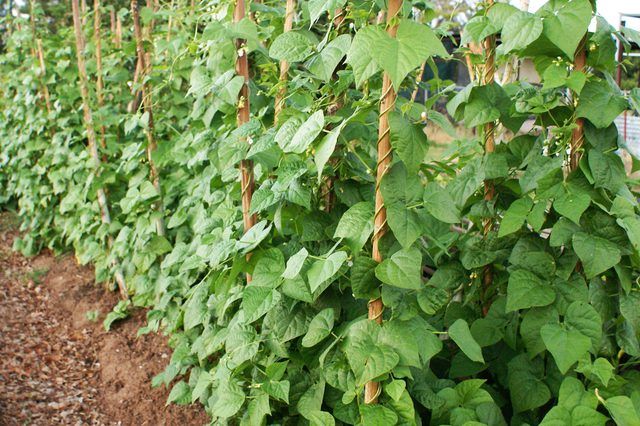
Things You'll Need
Plant containers
Organic potting soil
Trellis
Plant seedlings
Watering can or hose
Organic fertilizer
Gardening mesh
Gravel
Step 1
Determine how much room you have for your vertical garden and which plants you want to grow. Excellent candidates for vertical gardening using a trellis are tomatoes, cucumbers, squash and pole beans. Choose as many as your budget and space will allow.
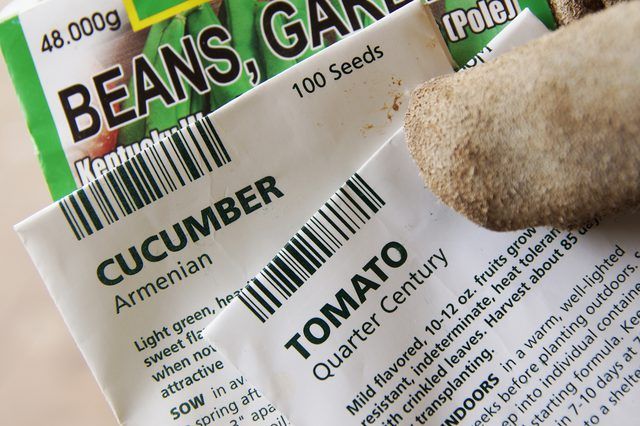
Step 2
Prepare your containers. Create a drain hole at the bottom of the container, if there is not one. You can use a drill or hammer and nail to create one or several drain holes. Place a piece of gardening mesh or window screening in the bottom of the container, to prevent gravel from blocking or escaping through the drainage hole. Place one inch of gravel for every ten inches of pot depth in the bottom of the container over the mesh.

Step 3
Place the trellis in the container or attach it to the outside of the container or a wall. The weight of the soil may be enough to keep a trellis place, but consider the plants you will be growing. If you have a 10 pound pumpkin on your trellis, the soil may no longer be sufficient to keep the trellis upright.
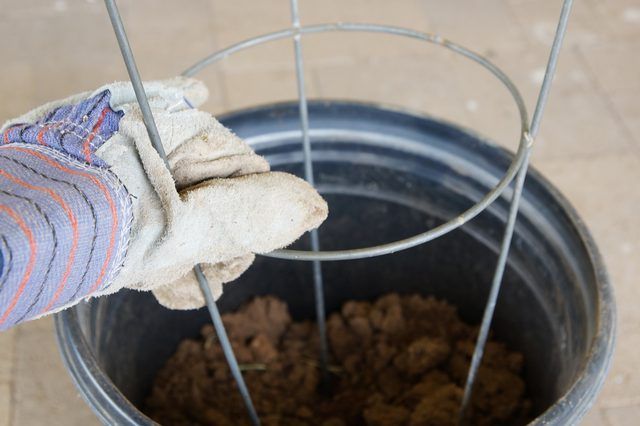
Step 4
Add potting soil until the pot is full to within three to four inches of the top. Carefully remove the plant from its liner, taking care to not disturb the roots. Create an indention in the soil and gently place the plant in the soil. Gently water the soil in the container and let it settle. Add more potting soil gently around the plant's root ball and water again. Do this two or three times until you have the soil nicely settled in the container with none of the root ball showing.
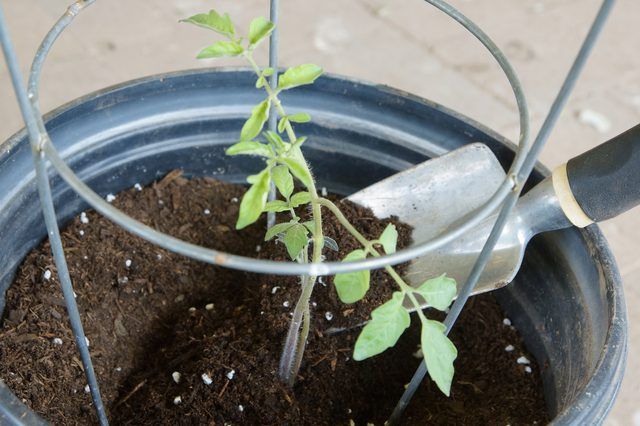
Step 5
After the plants grow a little, start training them to the trellis (Green pole beans train themselves without help.) Tear an old piece of cloth into thin ribbons and use these to loosely tie the plants to the trellis. Water regularly without over watering and watch as your plants grow day by day. Continue tying sections of the plants to the trellis as they grow.
